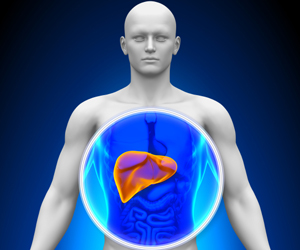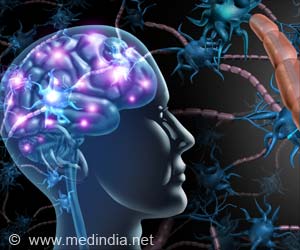Prenatal exposure to acetaminophen increases the risk of attention-deficit/hyperactivity disorder (ADHD) and autism spectrum disorder (ASD) in children.
- A new study found an association between prenatal exposure to acetaminophen and increased risk of attention-deficit/hyperactivity disorder (ADHD) and autism spectrum disorder (ASD) in children
- The study used cord plasma biomarkers to examine in-utero exposure to acetaminophen
- This highlights the need for continued research and careful consideration of medication use during pregnancy
Link Between Prenatal Acetaminophen Exposure and Neurodevelopmental Disorders
A study published in JAMA Pediatrics has added to the growing evidence of the association between in-utero acetaminophen exposure and neurodevelopmental disorders. The study, conducted by researchers from the Icahn School of Medicine at Mount Sinai in New York, investigated the association of cord plasma biomarkers of in-utero acetaminophen exposure with the risk of ADHD and ASD in childhood. The study included a total of 996 mother-child pairs from the general population in the United States. The mothers were enrolled in the Mount Sinai Children's Environmental Health Study between 1998 and 2002 and had information on acetaminophen use during pregnancy.Using Cord Plasma Biomarkers to Measure In Utero Acetaminophen Exposure
The researchers measured the levels of three cord plasma biomarkers of in-utero acetaminophen exposure: acetaminophen itself, its major metabolite, and a marker of oxidative stress. They also assessed the children's neurodevelopmental outcomes using the parent-reported Child Behavior Checklist at ages 3, 7, and 11 years. The results showed that higher levels of cord plasma biomarkers of in-utero acetaminophen exposure were associated with an increased risk of ADHD and ASD in childhood. Specifically, the risk of ADHD increased by 29% and 46% for each doubling of cord plasma biomarker levels of acetaminophen and its metabolite, respectively. The risk of ASD increased by 31% for each doubling of cord plasma biomarker levels of oxidative stress.The study also found that the association between in-utero acetaminophen exposure and ADHD was stronger in boys than in girls. This is consistent with previous studies that have shown a higher prevalence of ADHD in boys than in girls and suggest that boys may be more vulnerable to the neurotoxic effects of acetaminophen.
The study has several strengths, including its large sample size, the measurement of biomarkers of in-utero acetaminophen exposure, and the assessment of neurodevelopmental outcomes at multiple time points. However, it also has some limitations, including the reliance on maternal self-report of acetaminophen use during pregnancy and the use of a parent-reported questionnaire to assess neurodevelopmental outcomes.
Implications for Prenatal Care and Medication Use During Pregnancy
The findings of the study have important implications for public health. Acetaminophen is the most commonly used pain reliever during pregnancy, and its safety profile has been a topic of debate for several years. The American College of Obstetricians and Gynecologists recommends that pregnant women use acetaminophen for pain relief but advises caution in its use and recommends the lowest effective dose for the shortest possible time.The findings of the study suggest that caution is warranted in the use of acetaminophen during pregnancy, especially for prolonged or high-dose use. However, it is important to note that the study does not prove that acetaminophen causes ADHD or ASD but rather suggests an association between in-utero acetaminophen exposure and an increased risk of these neurodevelopmental disorders.
The study also raises questions about the underlying mechanisms by which acetaminophen may affect fetal brain development. Acetaminophen is known to reduce fever and pain by inhibiting the production of prostaglandins, which are involved in inflammation and pain. However, prostaglandins also play a role in fetal brain development, and their inhibition by acetaminophen may disrupt normal brain development.
While the findings of the study may have significant implications for prenatal care and acetaminophen use during pregnancy, it is important to note that the study has several limitations. The sample size of the study was relatively small, and the study only examined children up to the age of 9 years old. Additionally, the study only examined a single exposure during pregnancy (acetaminophen) and did not account for other potential environmental or genetic factors that could contribute to the development of ADHD or ASD.
It is also worth noting that the study only examined associations between cord plasma biomarkers of acetaminophen exposure and the risk of ADHD and ASD, and did not prove causation. More research is needed to confirm these findings and to better understand the potential mechanisms underlying the observed associations.
Despite these limitations, the study provides important insights into the potential risks associated with prenatal acetaminophen exposure. Given the widespread use of acetaminophen during pregnancy, healthcare providers need to weigh the potential risks and benefits of acetaminophen use on a case-by-case basis, taking into account individual patient factors and circumstances.
Overall, the study highlights the need for continued research on the potential impacts of prenatal exposures on child neurodevelopment, and the importance of careful consideration of medication use during pregnancy.
Source-Medindia
















